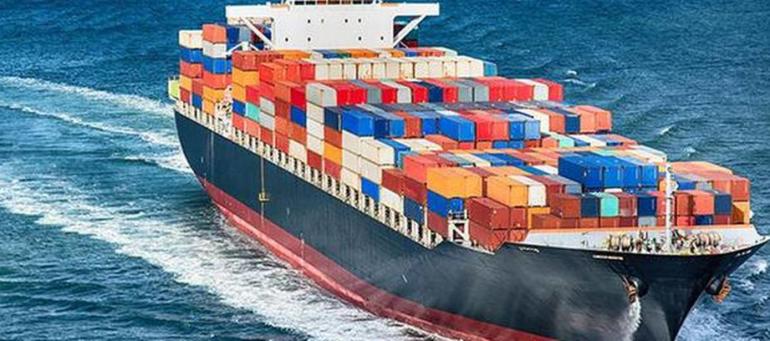11
Oct
2018
What prompted the govt to ‘re-model’ cargo evacuation system at ports
In order to quicken evacuation from the ports and reduce the traffic and congestion, the proposed re-modelling of cargo evacuation system at ports by placing the container freight stations or CFS as the fulcrum of the entire planning is an innovative idea which is expected to be a win-win for all – these supply chain intermediaries, importers, port terminals and transporters.
More importantly, it has the potential to further improve the cargo dwell time and reduce costs which were the two main reasons that led the government to introduce the direct port delivery (DPD) scheme with greater vigour from last year. The scheme also promoted ease of doing business and improved India’s ranking in the logistics performance index of the World Bank.
What prompted the government to “re-model” the cargo evacuation system is to bring down the evacuation time and increase further efficiency and give a boost to the DPD scheme which has already gained acceptance among the stakeholder community despiteinitial concerns over its impact on the container freight station business, among others.
To be sure, the DPD scheme is not being cast aside, though it has started to stagnate at about 40 per cent within a year of its implementation compared to a target of 70 per cent set by the government. Undoubtedly, there is every reason for the government to look at ways to up the DPD levels, particularly given its impact on smoothening trade across borders.
“While that seems to be very much a goal that we should aspire for and we also set targets and raised the target for DPD from 40 per cent to 70 per cent, we found after a few months that it was stuck at 40 per cent. And then, when we were again trying to dissect this number, we found that actually what gets transported directly to the end user (factories) is only about 12 per cent, the balance 28 per cent DPD boxes continue to be routed through CFSs,” Shipping Secretary Gopal Krishna said.
Thus, more than half of the DPD containers were routed through CFSs by importers voluntarily for storage and onward transportation to hinterland and also because of non-clearance of some of the boxes within 48 hours under thescheme.
This was because, importers used CFSs as a storage point after DPD clearance due to their own inventory management and infrastructure constraints. With Customs department clearing the containers before exiting the terminal, importers cost for routing their DPD boxes through CFS came down substantially because of reduced work like moving the boxes from the port terminals to CFS, unloading and then loading the boxes onto the trailers of importers.
The CFS industry, with Rs 4,500 crore revenue in fiscal 2018, had grown at 6-8 per cent annually over the past five years. Under the new plan, all DPD containers would be moved out to a CFS and that too within 24 hours of landing at the port compared with 48 hours window period available earlier. Besides, importers would need to pay DPD tariff for transporting the containers via CFS, making it a volume game for CFSs, with intense competition for boxes further driving down the prices.
The ever-increasing ship size is becoming one of the “biggest disruptors” of the maritime sector. When the ship size keeps on increasing, the cargo volume will keep on increasing and the onshore logistics sector will only be “reactive” to what the offshore logistics sector will continue to do. This will increase the challenges on evacuation of cargo from the onshore side. “It was then we started re-assessing our thinking, that can we re-think the role and use of CFSs,” Gopal Krishna added.


